A One-Man Tractor Factory
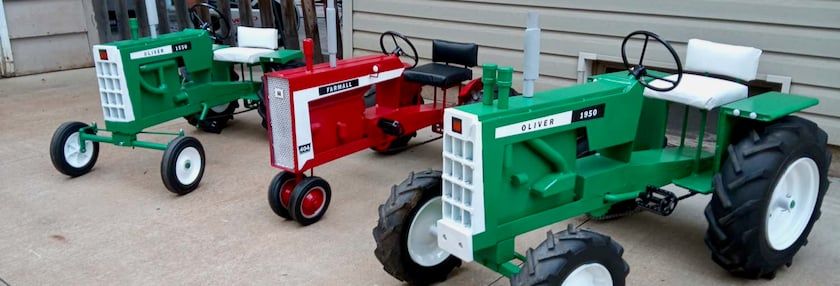

Recreating tractors of our youth
Deere, Case IH, Oliver, Allis Chalmers, Massey Harris, and even Cockshutt have graced Bruce Krueger’s workshop. But he doesn’t repair old tractors, he makes them.
Pedal tractors, that is.
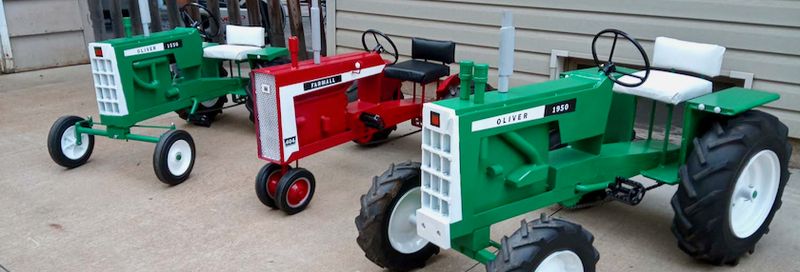
Farm life builds skills
Bruce grew up on a Freedom, Wisc. dairy farm during his formative years, ages 10 through 23. His father died shortly before he was born, but it was a large family—14 brothers and sisters—and they continued to do the work. “We could tackle any chore or game with a lot of bodies,” Bruce says.
In the late 1970s, his oldest brothers Dave and Don bought a farm near Kaukauna, Wisc., and Bruce moved there a few years later.
While farming is in his blood, Bruce has worked as a welder-fabricator for a Wisconsin company that makes large metal containers, for instance. “I have been blessed to work with some very talented fabricators over the years who were more than willing to share their knowledge with me. I will always be grateful to those guys.”
And he has blessed family members with those skills by building pedal tractors to evoke memories of being a child on a farm. So, no, they’re not for sale—it’s family and friends only, sorry.
Flat stock to 3-D
Brothers Don and Dave are tractor restorers with more than 200 in their collection. While tinkering in his workshop, Bruce took some scrap metal and made small replicas of a crawler and tractor they working on, as a Christmas present.
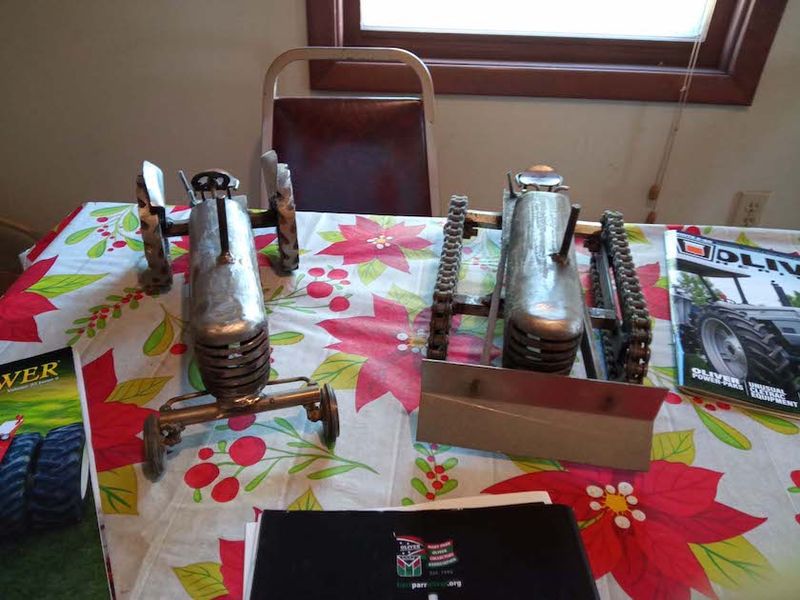
“They were crude replicas the two projects Dave and Don were working on at the time, but they loved them! It wasn't a couple weeks later Dave put out the idea of making a pedal tractor,” Bruce says.
“Soon I was awake at night thinking how I would go about building one. It was about midsummer in 2016 when I finally gathered the materials I figured I needed to build one. I chose an Oliver 66 because they had a few on the farm.” It also had side shields to cover the engine compartment, making it easier to build, he figured.
Planning starts with dozens of reference photos. While they all begin with flat metal, years of fabricating and problem solving were put to the test—gearing, for instance. Still, the first one took about three months of part-time work.
“The first one is very difficult for a kid to ride because the gear ratio is a little high, so I changed that on the following models. For the first few I had my grand-nephew Cale test them out since he was around 4 years old—the perfect size for testing! Watching him motor around taught me a lot about the gear ratio!”
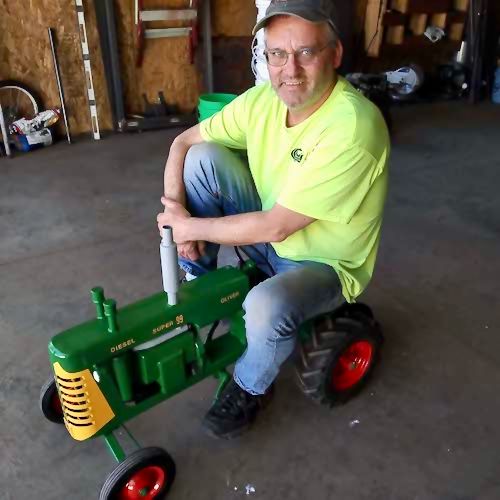
Bruce Krueger poses with one of his pedal tractors, an old Oliver model
Since then, he has streamlined the learning process and even made some jigs to keep everything straight and true.
Some aspects are more challenging than others, like the curved front of an old Oliver. “To get a rounded hood like on an old Oliver I weld some 1" tube to the frame. Then I take 16 gauge sheet metal and form that around the tubes using clamps and a rubber mallet,” Bruce says, and that’s just the beginning of finding the final shape.
Bruce used that method on the Oliver Super 99 and the Massey Harris 44. “Depending on the model and details I would estimate (it takes) 40 to 50 hours total. It really depends on what features are on each one,” Bruce tells us.
Fortunately, his wife Ann is very supportive of the time he spends in the garage.
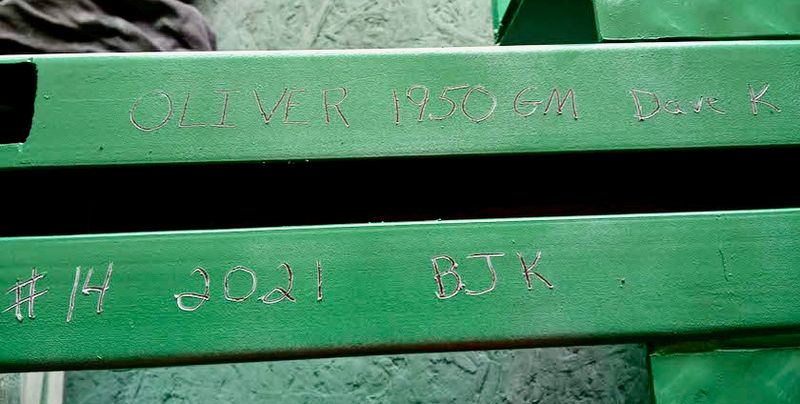
Pieces, parts, and colors
Some parts Bruce buys, but other parts are castaways, and he tries to reuse and recycle whenever possible.
The heavy-duty frames? Old bed rails, straight from roadside trash. Clam-shaped fenders on older tractors? Used frying pans.
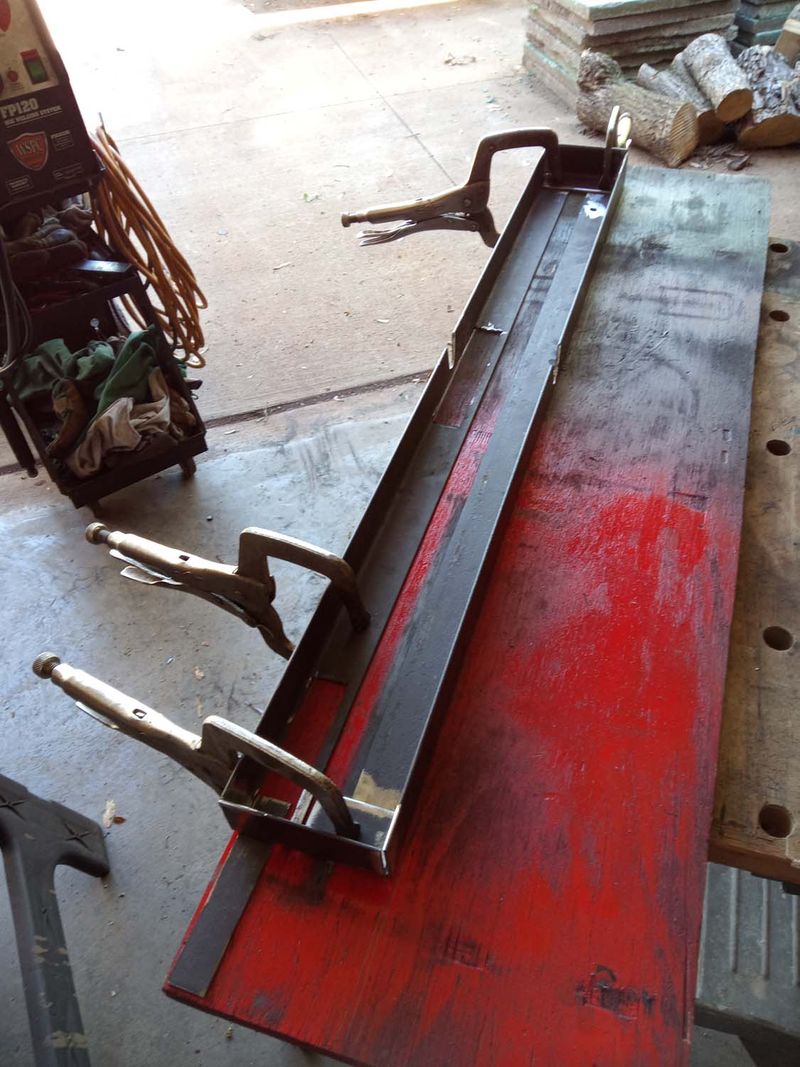
The most difficult thing to source is rear tires, without question. “I get them from old snow blowers and rototillers. They need to be in good condition as well. Sometimes it seems like there are none to be had while other times I can get 2 or 3 sets in a week.”
Seats he just builds out of wood, foam, and vinyl. Paint colors are relatively easy to find, as there’s a huge market created by people—like brothers Don and Dave—who restore full-size tractors.
Decals and manufacturer logos have become streamlined, too. “The first tractor I made I painted the decals by hand. I pretty much knew that wasn't the way to go. I searched eBay, and found I could get vinyl lettering in any size and style I wanted. Thank God!”
And if he can’t get what he needs there, he turns his reference photos over to oldest daughter Emily, who creates it on a Cricut cutting machine.
Kids, big and little
Although these are kiddie tractors, the adults get a big kick of riding them as well (and maybe reluctantly let children and grandchildren play with them).
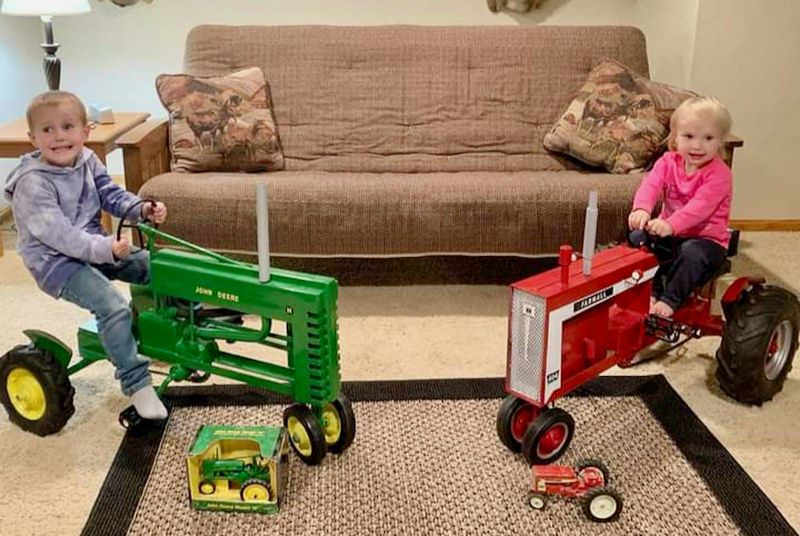
With all his siblings and other relatives, there’s no shortage of ideas coming his way. “I build what ever model the person who is getting it wants. They have to decide if the they want a narrow or a wide front end, row crop or standard, and other features that are unique to that particular make and model,” Bruce tells us.
What’s on the horizon? Bruce is booked up for the foreseeable future, fulfilling requests from family members. For himself, “I always wanted to build an Allis Chalmers "G". It's a pretty funky-looking tractor with the engine in the back. Totally different than the standard build.”
He has also toyed with making pedal cars for kids and adults. “This part of Wisconsin has miles of walking and biking trails. I think it would be cool to ride down a trail in a pedal Jeep!”

Acreage Life is part of the Catalyst Communications Network publication family.
















